MASTEX for Mastitis in Dairy Cows 500ml
£9.00
MASTEX is a natural product containing a liquid complex of natural extracts and organic compounds which has been specially designed to support the immune system deal with infections of the udder which cause mastitis in both dairy and beef cows. It is given to cows over a period of three days as soon as a case of mastitis has been identified.
It has been found to be greatly beneficial on farms where it has replaced the use of antibiotics. As Mastex is a natural product, there is no withholding of milk following its use.

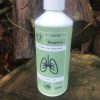
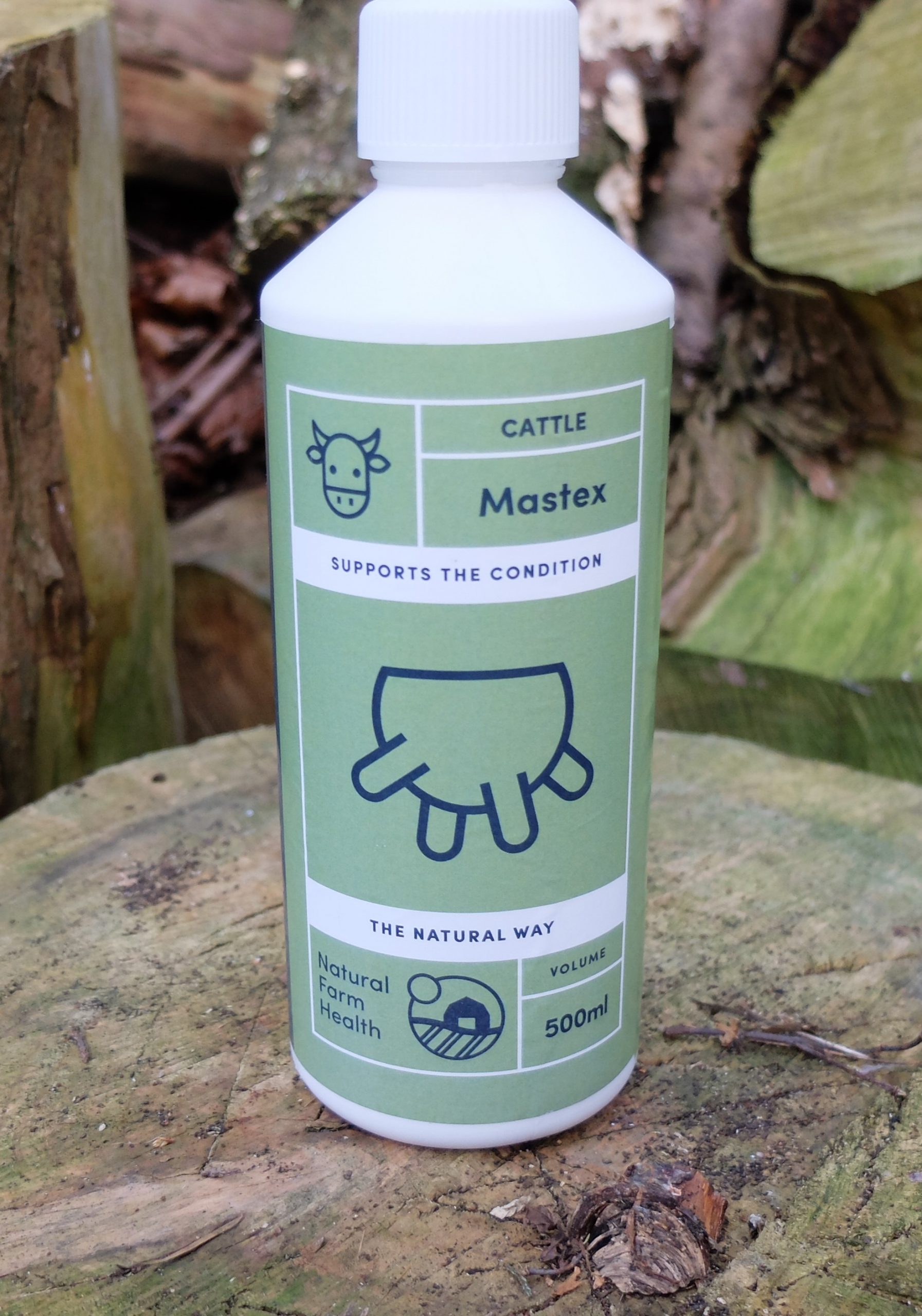
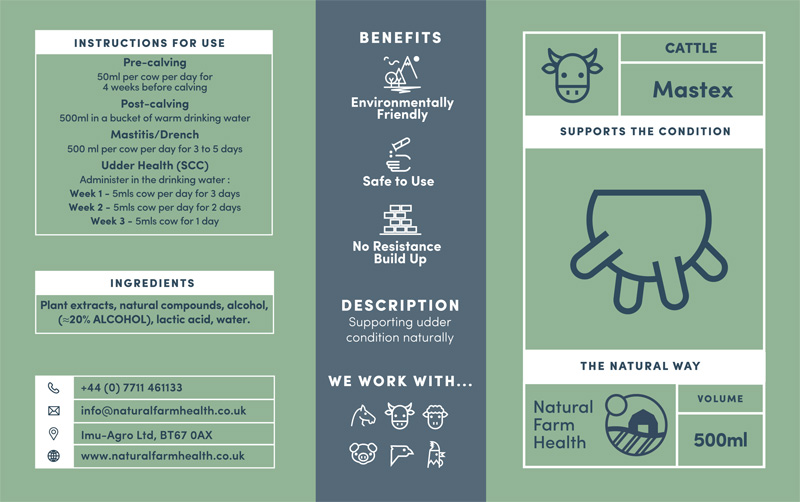
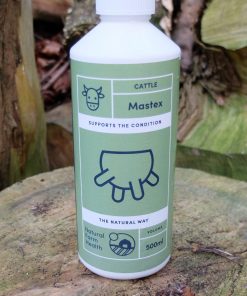
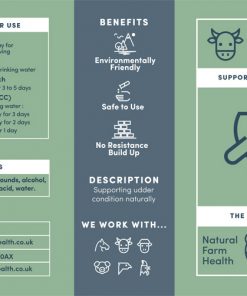
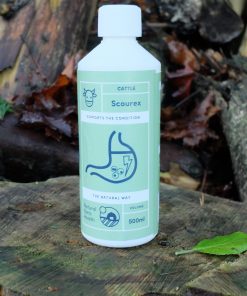
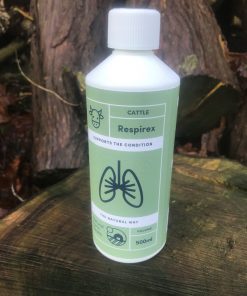

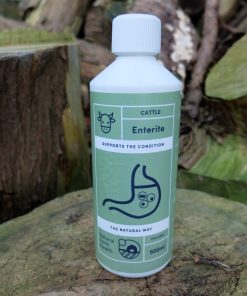
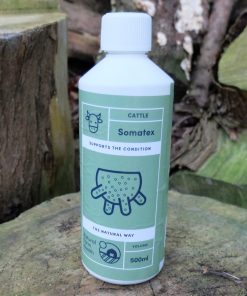
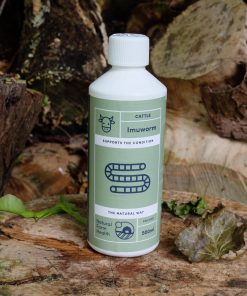
Reviews
There are no reviews yet.